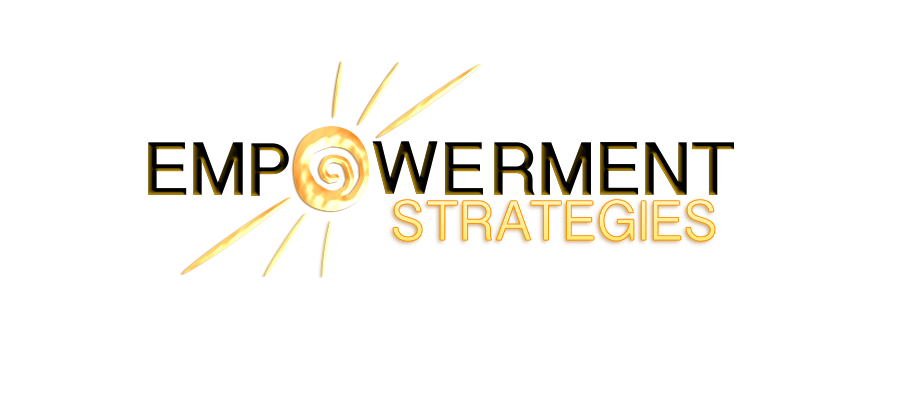
So Much Happier Blog
Chasing Your Tail?
“To acquire knowledge, one must study; but to acquire wisdom, one must observe.”
Do you ever find yourself asking, “Why does this keep happening to me?” If so, you’re in good company! You may have encountered this kind of confusion many times. We all get stuck sometimes in patterns that aren’t helpful, but also aren’t easy to solve. You may have no idea what’s going on, or you may know exactly what the problem is and feel powerless to change your outcome. Assuming that you want to start getting better results when this is your complaint, read on. We’ll look at how to break out of a persistent pattern and move toward happier developments.
When you feel stuck, you’re probably also feeling frustration, anger, sadness, pessimism or hopelessness. Since good ideas don’t usually pop up in the midst of strong negative emotions, it’s best to work on changing your emotional state before working on your issue. You might do this by venting how you feel in any number of ways (writing it all down, talking with a friend who won’t mind hearing your tale of woe, working out to let off steam, etc.), or by just getting your mind off the subject for a while. If you’re tired, hungry, or thirsty, you may need to address those physical needs too. At a time when you can feel fresh physically, mentally, and emotionally, you’re more likely to be able to take a good look at what has happened or is happening with curiosity and openness to new insights and ideas.
When you’re ready, here are the steps I recommend for moving yourself forward.
1. Start with your mind, as it helps to figure out what your level of clarity is before troubleshooting. Think through your pattern and how it tends to show up in your life. How have the circumstances played out over time? Have recent experiences been very similar to those further in the past, or are they different lately? Have you made any progress at all on the issue? Can you see any way at all in which you may be contributing to the problem? Treat this like a full-on investigation—feel free to enlist the help of a supportive friend and really get your Sherlock on. Sometimes telling someone else about all the times something similar has occurred gives you a chance to have your experience validated as unusual, which can help you feel like it’s not just all in your head. Sometimes it’s just helpful to have someone there to help as you think about your problem, and bring a different perspective to illuminate aspects you might have missed.
This is a good time to brainstorm, meaning to toss around any wild idea that comes to mind about what’s happening and why, and then try it on to see whether it seems to have any merit. Trying to exaggerate, get creative, and make things outrageous to the point of silliness (without judging yourself) brings in an element of fun, which helps you to remember this is not the only thing in your life, and it may be possible to change things for the better.
2. Hopefully, you now have some clarity about what you know. If this is a case where you know exactly what the problem is and have some ideas about how change it, but you feel a lack of confidence or an unwillingness to try your best options, skip to #3. On the other hand, if you still feel thoroughly confused, it’s now time to find an expert. You can run an online search for information about your problem and see who has experience with this, and who’s offering information about it. You can visit a library or bookstore and see what information is available there. You could find a support group for people with a similar problem, and see if anyone there has valuable insight for you. You could talk to a coach or psychologist or religious counselor, depending on the nature of your issue, and see whether that helps you to gain clarity about your options. Once you have a better idea of how others have dealt with your issue, you should have some ideas about possible steps to take.
3. If the thought of taking any of the steps that would be part of your best ideas makes you want to have a meltdown, you need to go back to physical needs (do you need hydration or nutrition, sleep, exercise, stretching, or other attention to your physical body?) You don’t have to be in perfect condition to move forward, but if any of those physical needs is very loud, you’ll do better to address it first so you’re not distracted. Once those are taken care of, it’s time to look at your emotional state.
How you feel is a powerful indicator of other factors that might hold you back if not given some air time. You can want to make progress all you want with your mind, but if some part of you is afraid to because of previous experiences or outsized worries, you’re going to have a hard time getting anywhere. We’re so often taught by well-meaning mentors that we must ignore and power through fears and other emotions, but I find that emotions are often there for good reason. They may hold important information that can help us understand how to proceed in the most efficient way for our unique needs.
This is where the use of EFT can really save the day. If emotions come up when you consider taking some reasonable step toward a solution, Tapping can help you to get clear on why you feel the way you do; it can then help you to release the fear or other emotion that is keeping you feeling stuck. I’m not suggesting that this is a one-time endeavor, because change is often difficult, demanding, and scary. Emotional management is a crucial component in maintaining motivation and effective action at all times. A persistent fear, for instance, might be difficult or impossible to completely remove from your experience, but having a tool like EFT makes it much easier to keep coming back to a calm, more resourceful state; with it, you can take useful messages from your emotions and settle them with reassurance rather than ignoring or trying to dominate them out of existence.
4. Take action on some of those good ideas you came up with in other steps. There’s no substitute for experience and the feedback it results in. Keep reminding yourself that any change requires practice; your new action may not be a comfortable tool to use at will until you’ve experimented with it numerous times. You will probably make mistakes, or find some of the shortcomings of your new policy, and you will need to start back at #1 with anything that doesn’t work for reasons you can’t quite make out.
Then, rinse and repeat. Your life is unique, and solutions that are right for you may not be such that you can copy them directly from others. It may take a lot of experimentation and refinement to find what works best for you. That’s normal and ok. Only you can decide how to best be yourself! You get to choose how to express who you want to be in every moment, and that’s a privilege. It’s one of the exciting things about being alive. The willingness to concentrate on and truly observe your own life and experience makes understanding and innovation possible. If you want a life that is more to your liking, getting there must involve focus and observation—bringing your desires into being requires that you first notice what is true for you and what you want. While not everything can be solved with the mind, it is our best tool for beginning the process of appropriate and fulfilling change. I challenge you to start paying attention to what you’re not enjoying in life, and activate the power of your curiosity.


